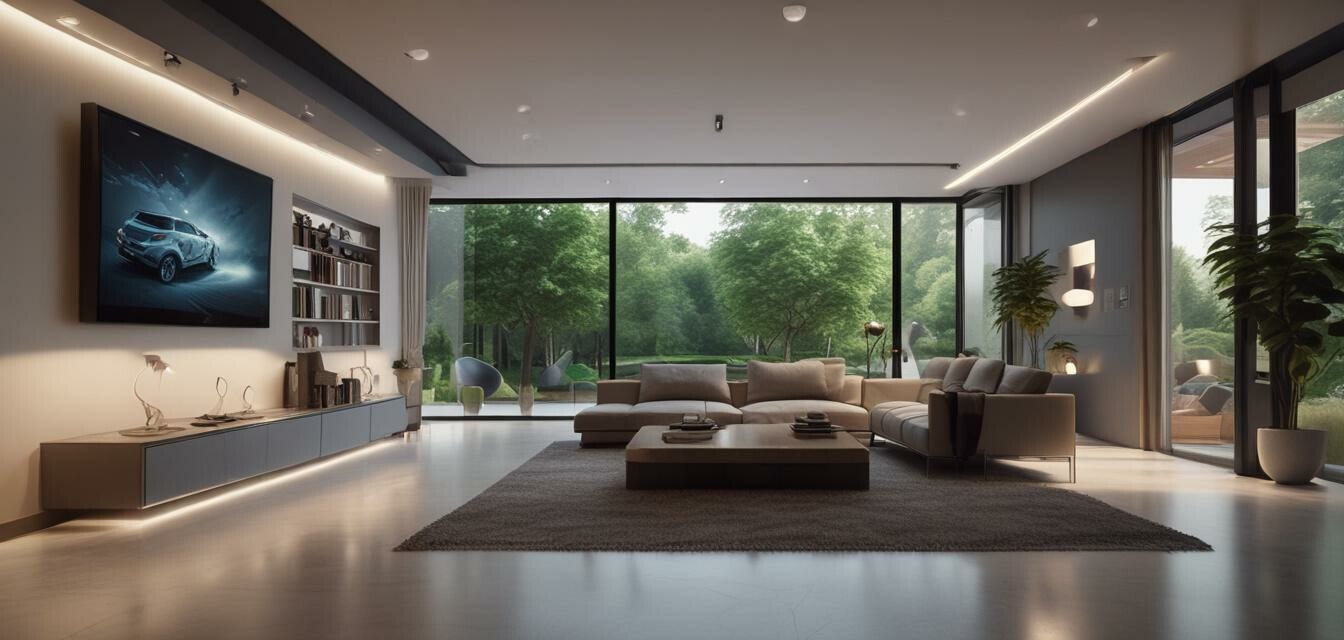
Tips for using smart surveillance for home security
Key Takeaways
- Understanding the basics of smart surveillance systems.
- Key installation tips to maximize effectiveness.
- Best practices for managing your surveillance system.
- Integrating multiple devices for comprehensive coverage.
- Maintaining privacy while ensuring security.
In today’s world, where safety concerns are paramount, having a smart surveillance system not only offers peace of mind but also enhances the overall security of your home. This article provides insights into optimizing your smart surveillance for home security, offering practical tips to help you make the most of these advanced technologies.
Understanding smart surveillance systems
Smart surveillance systems combine various technologies to monitor your premises effectively. These may include:
- Smart cameras
- Motion detectors
- Alarm systems
- Home automation devices
By integrating these devices, homeowners can achieve a more comprehensive security solution. To delve deeper into various options available, check out our home security systems category.
Installation tips for smart surveillance
1. Plan your camera placements
Strategic placement of cameras is crucial for effective surveillance. Consider the following:
| Placement Area | Considerations |
|---|---|
| Entrances | Cameras should cover all entry points, such as doors and windows. |
| Common Areas | Target areas with high foot traffic for better coverage. |
| Exterior Perimeters | Monitoring fences and boundaries can deter intrusions. |
2. Ensure adequate lighting
Proper lighting is essential for capturing clear images. During the installation, consider:
- Using motion-activated lights to enhance visibility.
- Installing cameras that have night vision capabilities.
3. Connect to Wi-Fi
Make sure your cameras have a reliable Wi-Fi connection. This ensures smooth operation and accessibility. If you need help with connectivity issues, browse our tips and best practices section for guidance.
Managing your surveillance system
1. Regularly update your software
Keep your surveillance system's firmware up to date to protect against potential vulnerabilities.
2. Customize notifications
Set up alerts for unusual activity. Tailoring notifications helps you focus on critical events without unnecessary disturbances.
3. Monitor feeds remotely
Many smart surveillance systems offer mobile apps for remote access. Utilize these features to keep an eye on your home wherever you are.
Integrating various devices for enhanced security
Combining different smart devices can significantly bolster your home security. Consider integrating:
- Smart locks for controlling access.
- Motion sensors that trigger alerts.
- Home automation systems that allow remote control of lighting and locks.
For additional insights into smart locks, you can explore our smart locks category.
Maintaining privacy while ensuring security
While smart surveillance enhances safety, it’s crucial to prioritize privacy. Here are a few recommendations:
- Configure privacy settings to limit recording times.
- Cover cameras when not in use.
- Regularly review footage to ensure no unnecessary recordings are taken.
Conclusion
Implementing these tips can significantly enhance the efficiency of your smart surveillance system, ensuring robust home security without compromising privacy. Stay informed and continually adjust your strategies as technology evolves to maintain a safe home for you and your family.
Pros
- Increased safety and security for your home.
- Remote monitoring capabilities.
- Integration with smart home devices.
Cons
- Potential privacy concerns if not managed correctly.
- Dependency on internet connectivity.
- Cost of initial setup and maintenance.
